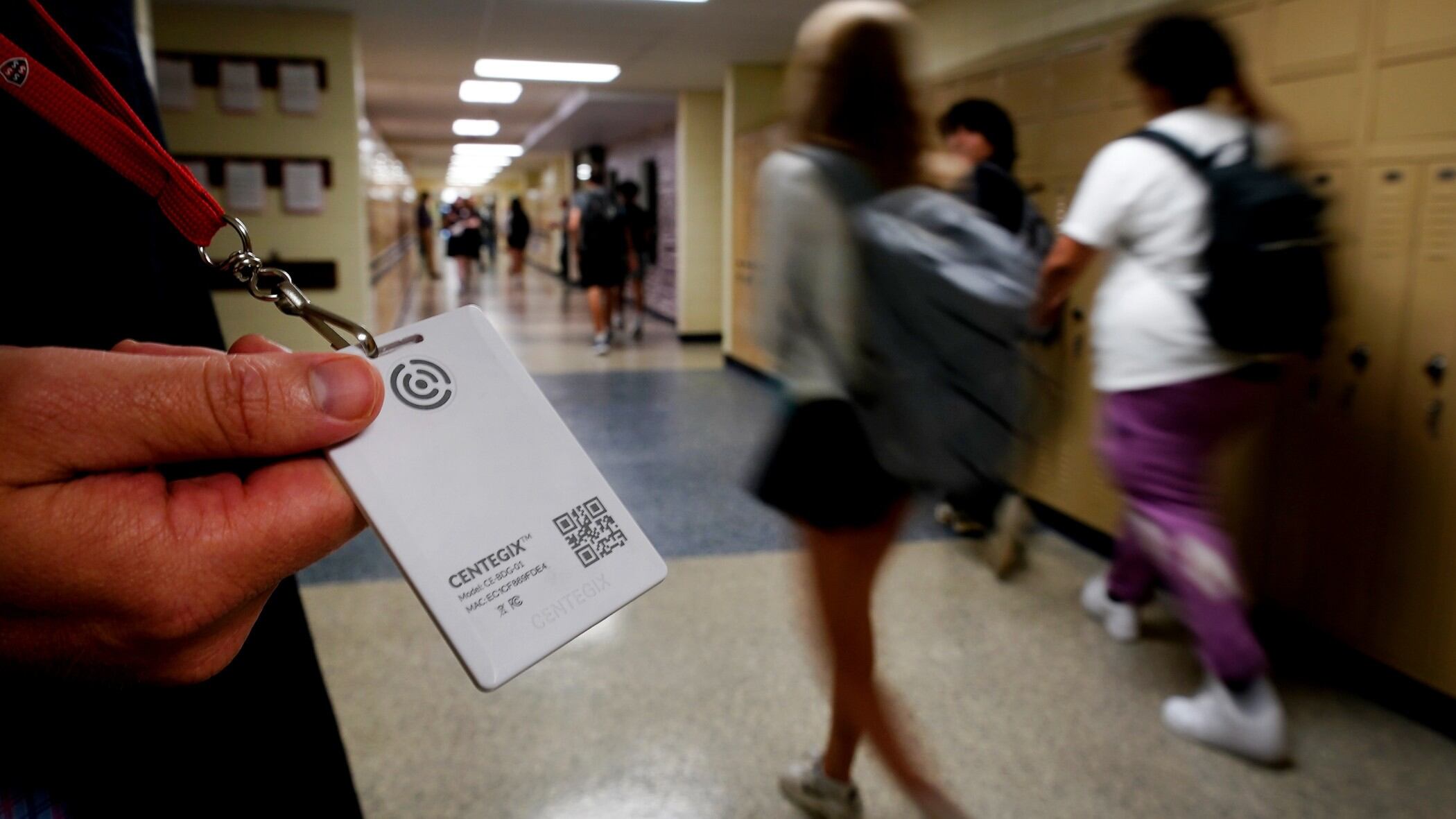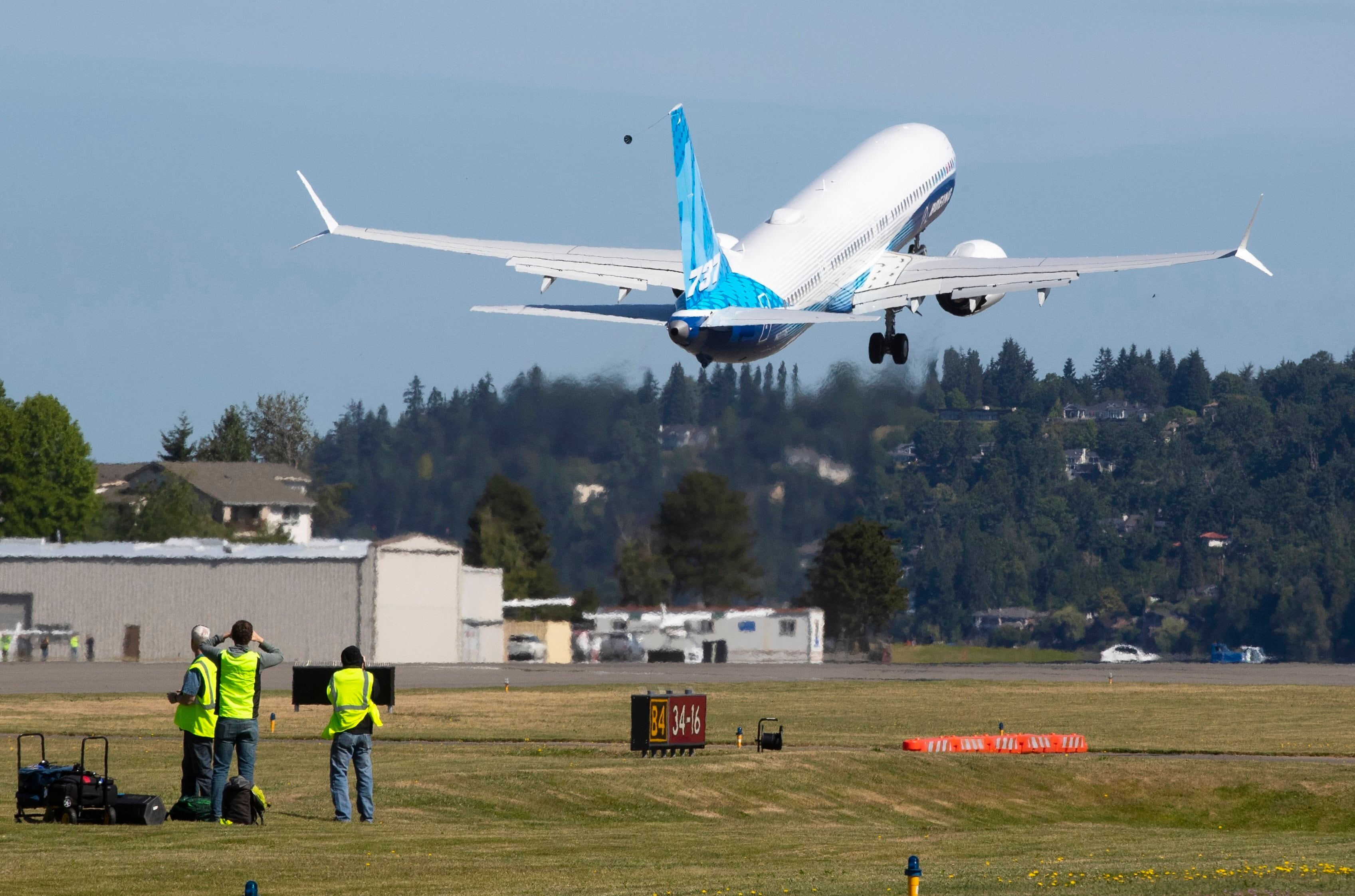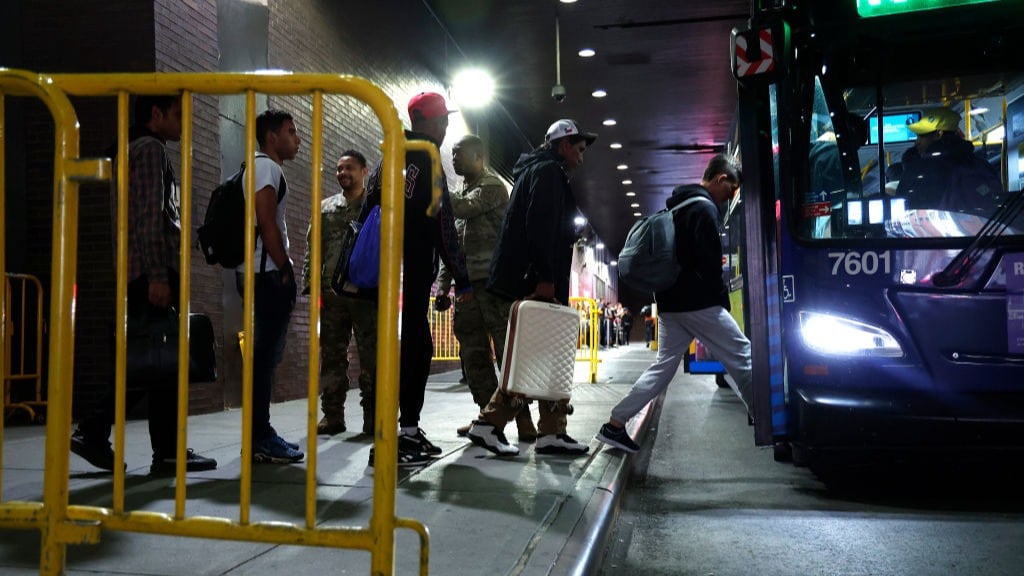By Claire Rush
In the wake of an elementary school shooting in Tennessee earlier this week that left three 9-year-olds and three adults dead, state legislatures across the country are moving forward with bills aiming to improve school safety.
The bills have been introduced in blue and red states alike and would require schools to install technology ranging from panic buttons, video surveillance and emergency communications systems. Most have bipartisan support, with lawmakers seeing them as a way to boost school security while avoiding political gridlock on the hot-button issue of gun control. But some experts say teacher safety training is more effective and less expensive than the new technologies, which also can require upgrades or ongoing maintenance that may not be funded.
That hasn't stopped states from Oregon to Missouri to Tennessee from pursuing the systems.
“I was asked by a colleague if our schools will have to become fortresses to keep our kids safe. And I told them yes, if that’s what it takes. I don’t care if we have to park a tank outside a school," Tennessee's Republican House Majority Leader William Lamberth said.
While Democratic state lawmakers have called for tighter gun laws as a way to stem school shootings, many are now also supporting the school emergency measures that have largely been touted by Republicans.
In Oregon, where Democrats control the Legislature, a bill that would require schools to send electronic notifications to parents as soon as possible after a safety threat occurs passed the state House unanimously this week. Two Democratic lawmakers are the chief sponsors of another bill that would require all public school classrooms to have panic alert devices that would contact law enforcement or emergency services when activated.
If passed, the panic alert bill would make Oregon the fourth state — along with Republican-led Florida and Democratic-led New Jersey and New York — to enact such a law. Several other states are considering similar legislation.
“If there's anything we know, it's that during an emergency, time equals life,” said one of the Oregon bill's chief sponsors, Democratic state Rep. Emerson Levy.
Some school districts aren’t waiting for legislation to implement new security measures such as panic devices.
Las Vegas's Clark County School District, among the 10 largest districts nationwide, is now using a system involving badges called CrisisAlert. The badges can be worn around the neck and pressed to call for help or trigger a schoolwide lockdown.
Olathe Public Schools in suburban Kansas City, the second-largest district in the state, also adopted CrisisAlert. The district has yet to use it to respond to an active shooter situation, according to Jim McMullen, who oversees the district's Safety Services Department and also serves as assistant superintendent of middle school education. But he said school personnel use the badge every day for things ranging from student fights to medical emergencies.
“Earlier today we used it when we had a student who was unconscious. The staff member, instead of leaving the kid to go call for help, was able to just hit their button three times and had a lot of assistance real quickly,” he said on Thursday.
“We've gotten tremendous feedback from our staff regarding the fact that it makes them feel safer, empowered,” McMullen said.
Panic alert devices gained steam after the 2018 mass shooting at Marjory Stoneman Douglas High School in Parkland, Florida.
Lori Alhadeff, whose 14-year-old daughter, Alyssa, was among the 17 killed, founded the group Make Our Schools Safe and began advocating for panic buttons. She had texted her daughter as shots rang out that help was on the way.
“It's really so important to be proactive, and to really accept the fact that unfortunately this can happen anywhere at any time, as we've seen over and over again,” said Lori Kitaygorodsky, the group's spokesperson. “There's really nothing to lose by being prepared.”
Some Republican-led states have boosted funding for school safety in order to help schools pay for new devices like panic buttons. Installing CrisisAlert, for example, costs at least $8,000 per campus under a three- to five-year contract, according to Will Fullerton, senior vice president for government affairs at Centegix, the Atlanta-based company that makes the product.
The number of schools using CrisisAlert nearly doubled from 2021 to 2022, according to the company. The badge system delivered over 50,000 alerts in the Fall 2022 semester, a 100% increase from the same time the previous year, said vice president of marketing Stacy Meyer in an email.
After a shooter killed 19 children and two teachers last May at Robb Elementary School in Uvalde, Texas, state officials announced $105 million for school safety and mental health initiatives. Nearly half of that was slated for bullet-resistant shields for school police and $17 million was for districts to purchase panic-alert technology.
The Missouri House on Thursday approved a 2024 budget with $50 million for school safety grants, on top of $20 million already authorized for school safety in the current year. Schools will be able to use the money on technology including door locking devices, intercom systems and video surveillance equipment.
While one-time grants can allow schools to purchase new technology, they don't always fund upkeep over longer periods of time. Ken Trump, president of National School Safety and Security Services, a consulting firm based in Cleveland, Ohio, said he's found items like security cameras gathering dust in boxes in some of the schools that he's worked with.
“There's no budget to repair, replace and maintain them after they put them in ... Things are pushed into a closet and not used again," he said.
“The basic fundamental tools are not being properly used — staff not being properly trained, doors that are propped open,” he said, adding that the focus should be on “situational awareness, pattern recognition ... and then making cognitive decisions under stress.”
Associated Press writers Kimberlee Kruesi and David A. Lieb contributed reporting from Nashville, Tennessee and Jefferson City, Missouri.













